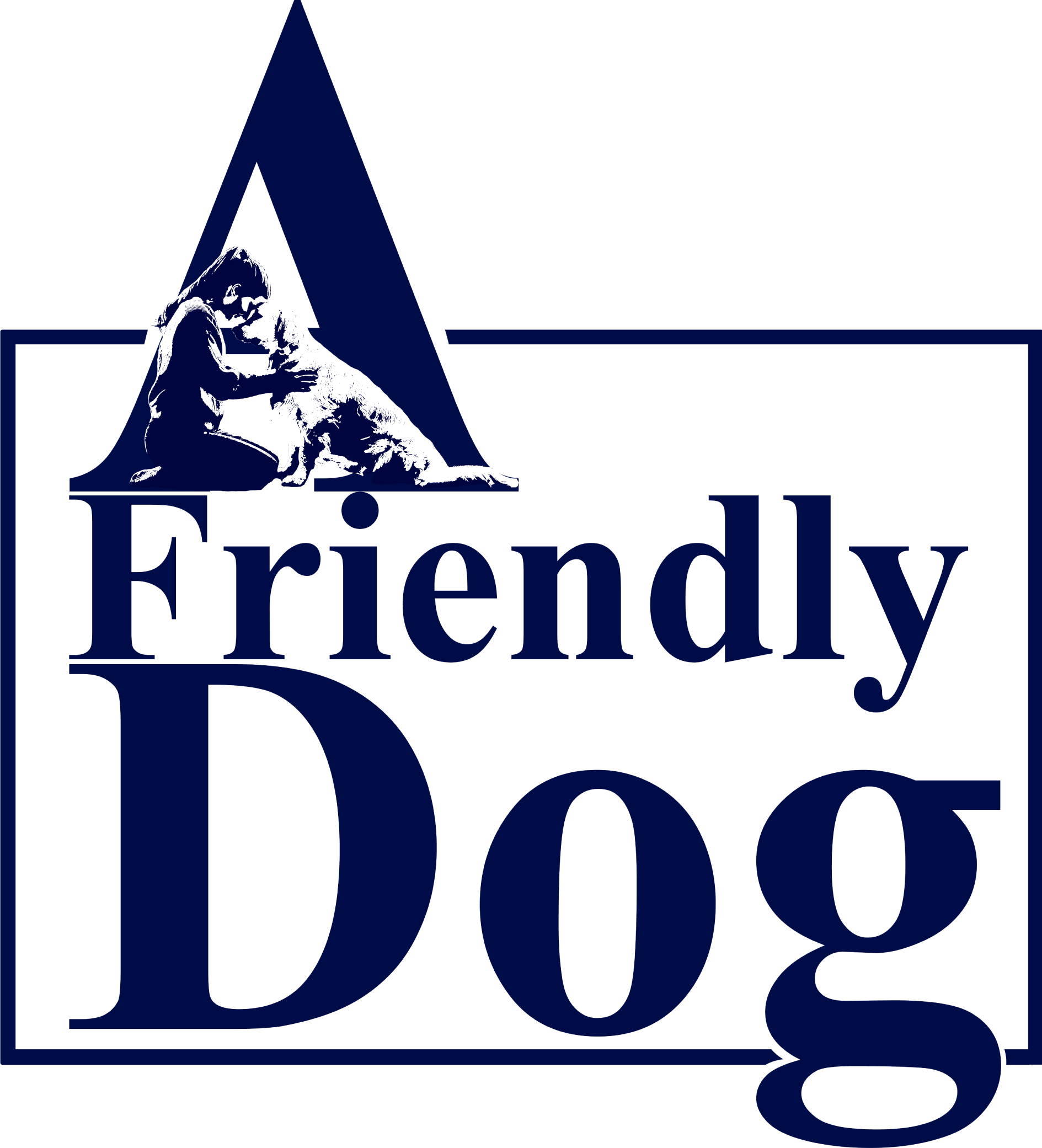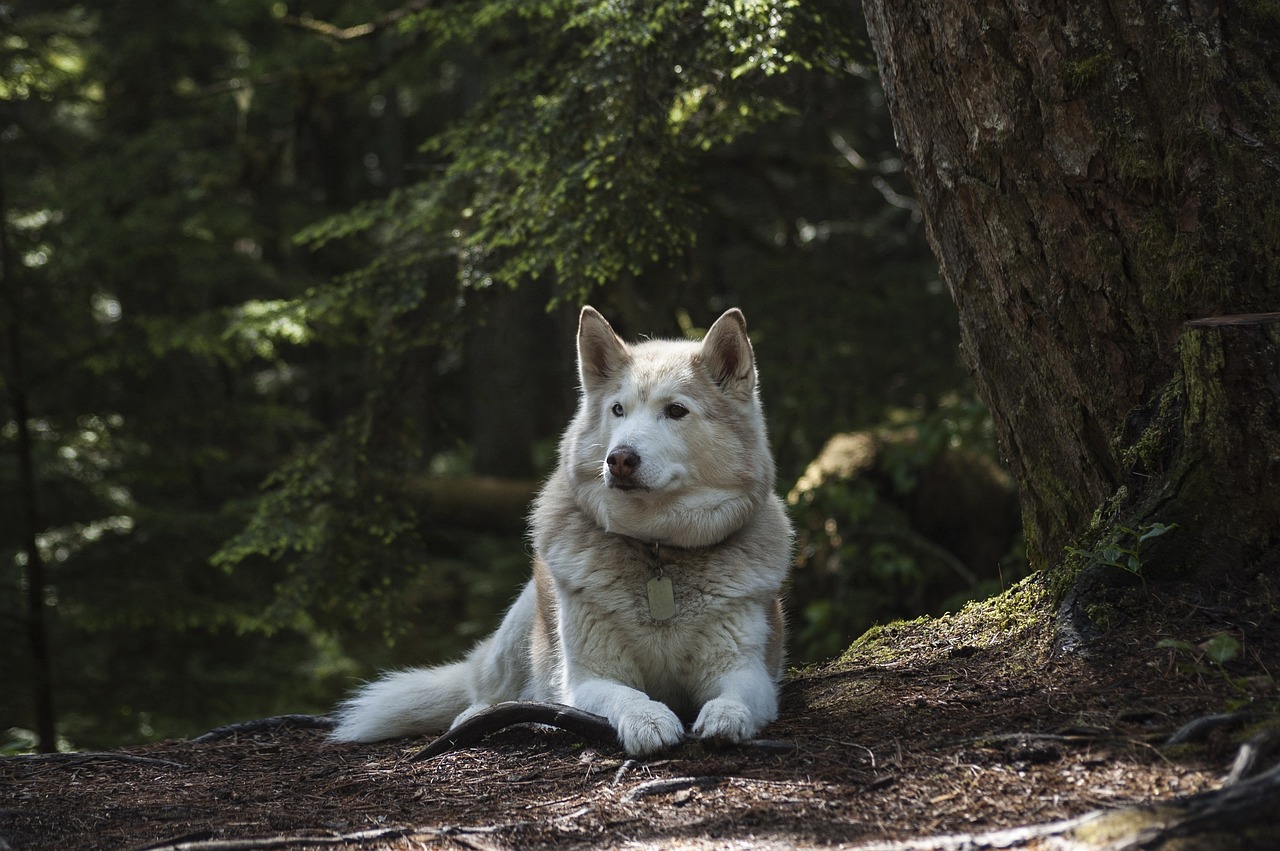A dog’s body language can reveal a lot about its emotions and intentions. For instance, a dog that is crouched low to the ground and appears smaller may be feeling fearful or stressed. On the other hand, a dog that rolls onto its back and exposes its belly may seem relaxed and happy, but it could also be a sign of anxiety or submission. In some cases, the dog may even urinate a little in an attempt to appease others.
Conversely, a dog that shifts its weight forward is likely trying to get closer to something or someone. While this may simply indicate curiosity or interest, it could also be a sign of aggression if paired with other threatening body language cues like a raised tail or bared teeth. In this case, the dog is trying to appear larger and more intimidating.
Dogs may have similar facial features to humans, but they use them in different ways. Take yawning, for example. While people yawn when they’re tired or bored, dogs yawn when they’re stressed. According to Turid Rugaas, author of “On Talking Terms With Dogs: Calming Signals,” dogs use yawning as a way to calm themselves in tense situations and to comfort others, including their owners. So, if you find yourself in a stressful moment with your dog, try yawning at them to provide some comfort. And don’t be surprised if your dog yawns back, as yawning can be contagious for dogs too.
Another facial expression that people often misinterpret in dogs is lip-licking. Just like humans, dogs may lick their lips after a delicious meal, but they also do it when they feel anxious. Sometimes, the tongue flick is so quick that it’s easy to miss. So, if you notice your dog licking their lips, it’s not a signal to lick your face, but rather a sign of discomfort in a particular situation.

